Following my weather-themed science experiments, I have a collection of wind science experiments to share today!
Learn about renewable and non-renewable energy. Make an anemometer to measure wind speed, a wind vane to work out which way the wind is blowing, pinwheel, storm in a jar and lots more!
What is wind?
The wind is a natural movement of air across the surface of the Earth driven by energy from the sun. It can range from a light breeze to a dangerous hurricane or tornado.
Wind forms when air moves between areas of different air pressure. The bigger the difference in air pressure, the stronger the wind!
What causes differences in air pressure? Temperature is the most significant factor. Cool ( dense ) air gives areas of high pressure, and warm ( less dense ) air gives areas of low pressure. Warm air rises, and cool air moves in to replace it, creating wind!
Wind as renewable energy
The wind is one example of a renewable energy resource. Renewable energy sources can be used over and over again. These are sometimes known as clean energy sources.
How do wind turbines work?
Kinetic energy from the wind is transferred to blades which turn, driving a generator to produce electricity.
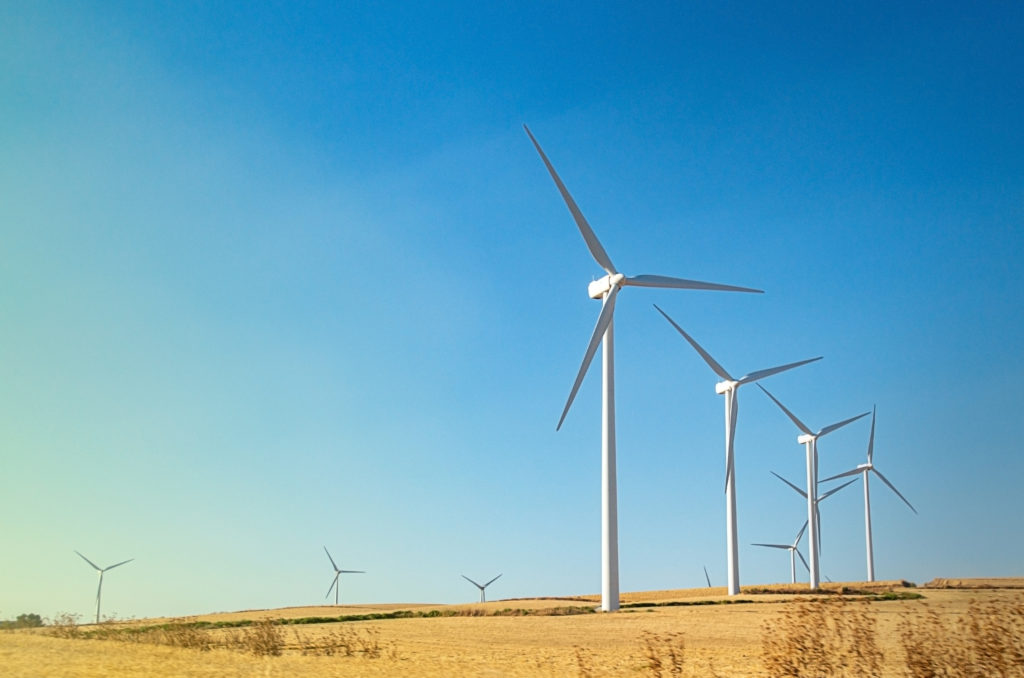
Wind Energy
Advantages of wind power
Wind is renewable, which means it doesn’t run out, it’s free (though there is a cost to the turbines ), and no pollutants are produced.
Disadvantages of wind power
Turbines can be unsightly and noisy.
Wind farms depend on wind, if there’s no wind, the turbines don’t turn, and no electricity can be produced.
The initial cost of building wind farms is high.
Many turbines are needed to produce as much power as a non-renewable power plant.
Wind Experiments for Kids
Make a wind vane
Find out what direction the wind is blowing by making your own wind vane!
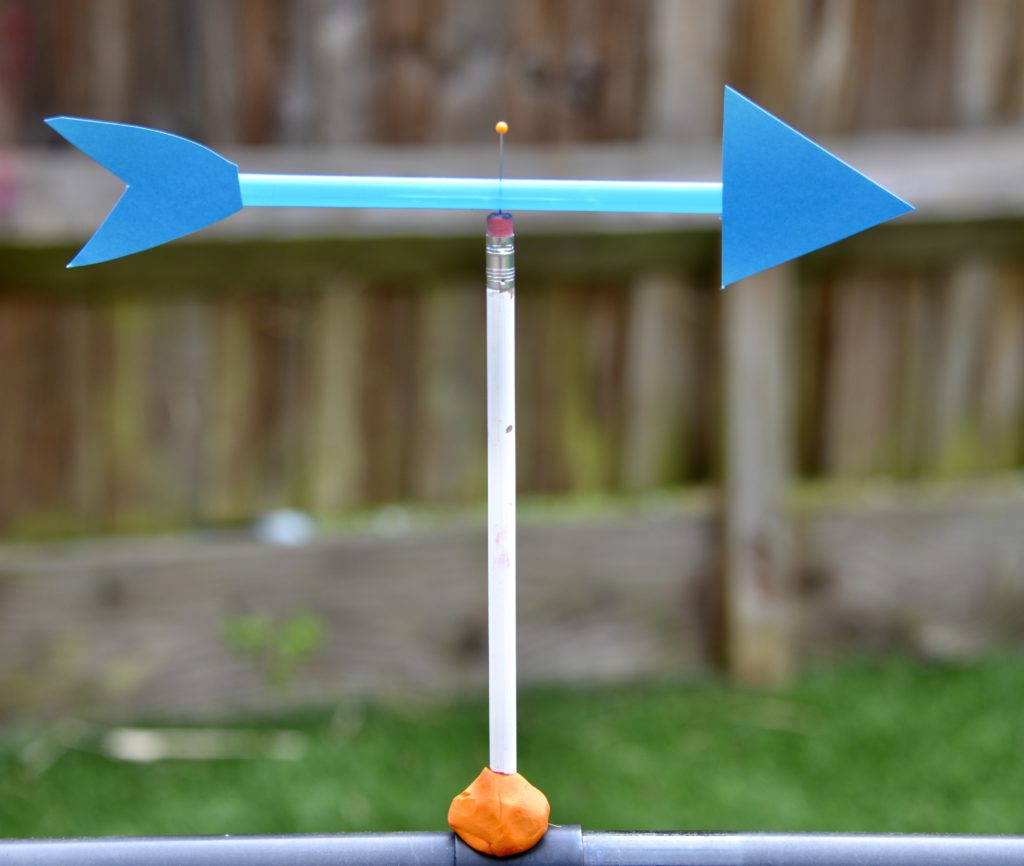
Make a Wind Chime
We had great fun making this wind chime from recycled materials for The Clangers a few years ago.
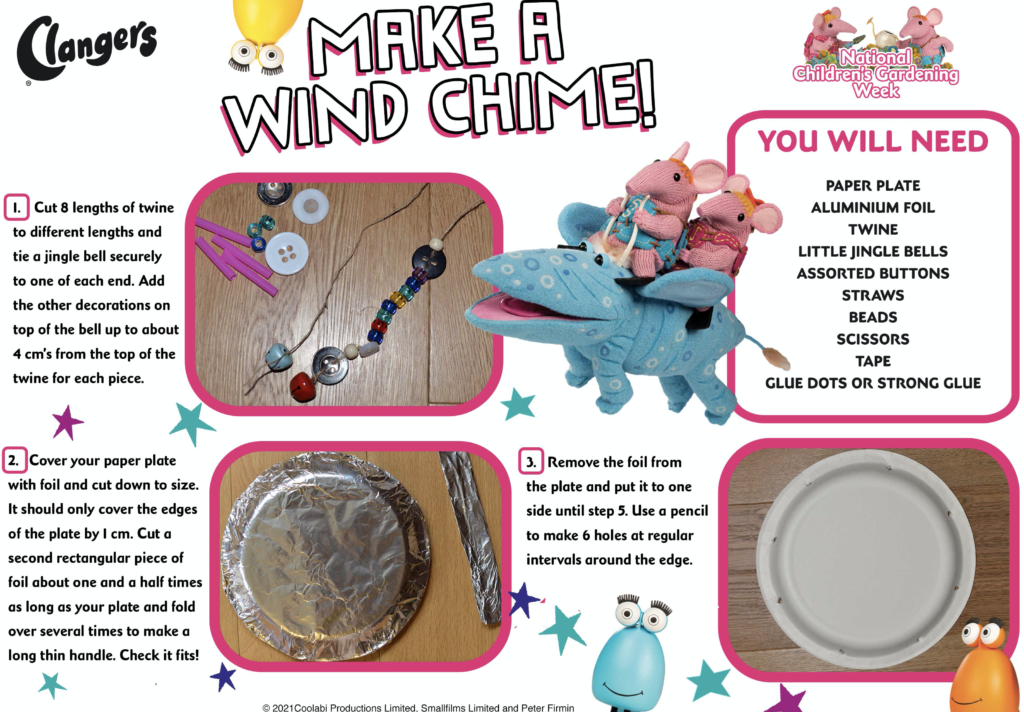
Design a windsock
Windsocks are used to work out which way the wind is blowing.
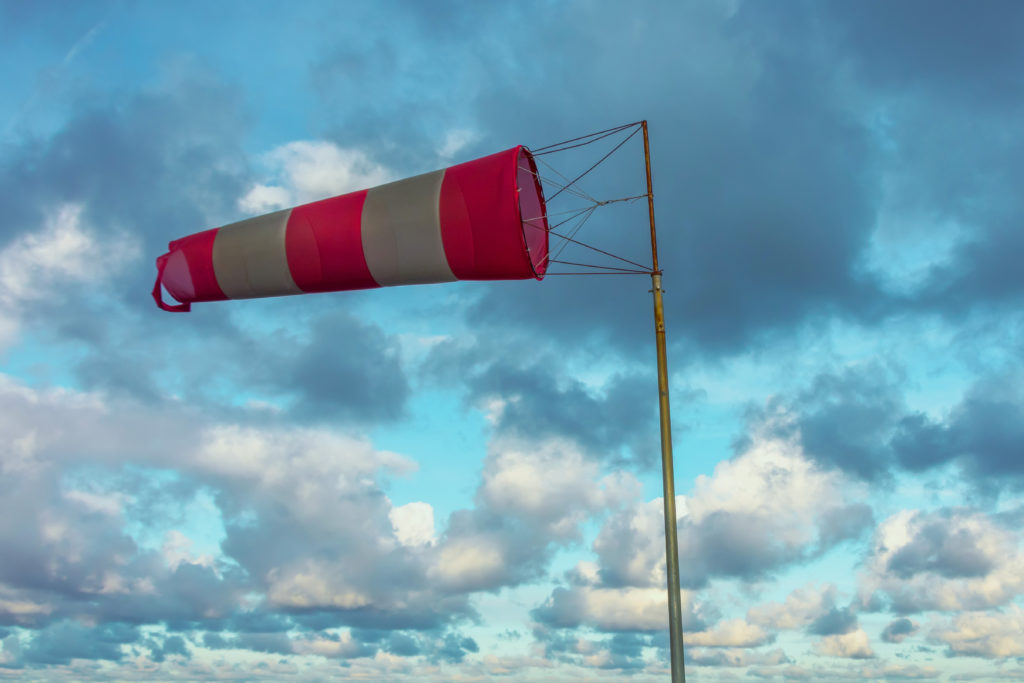
Happy Hooligans has a brilliant windsock made from a Pringle’s can!
Tornado in a Jar
Find out how tornados form and the damage they can cause with a tornado in a jar!
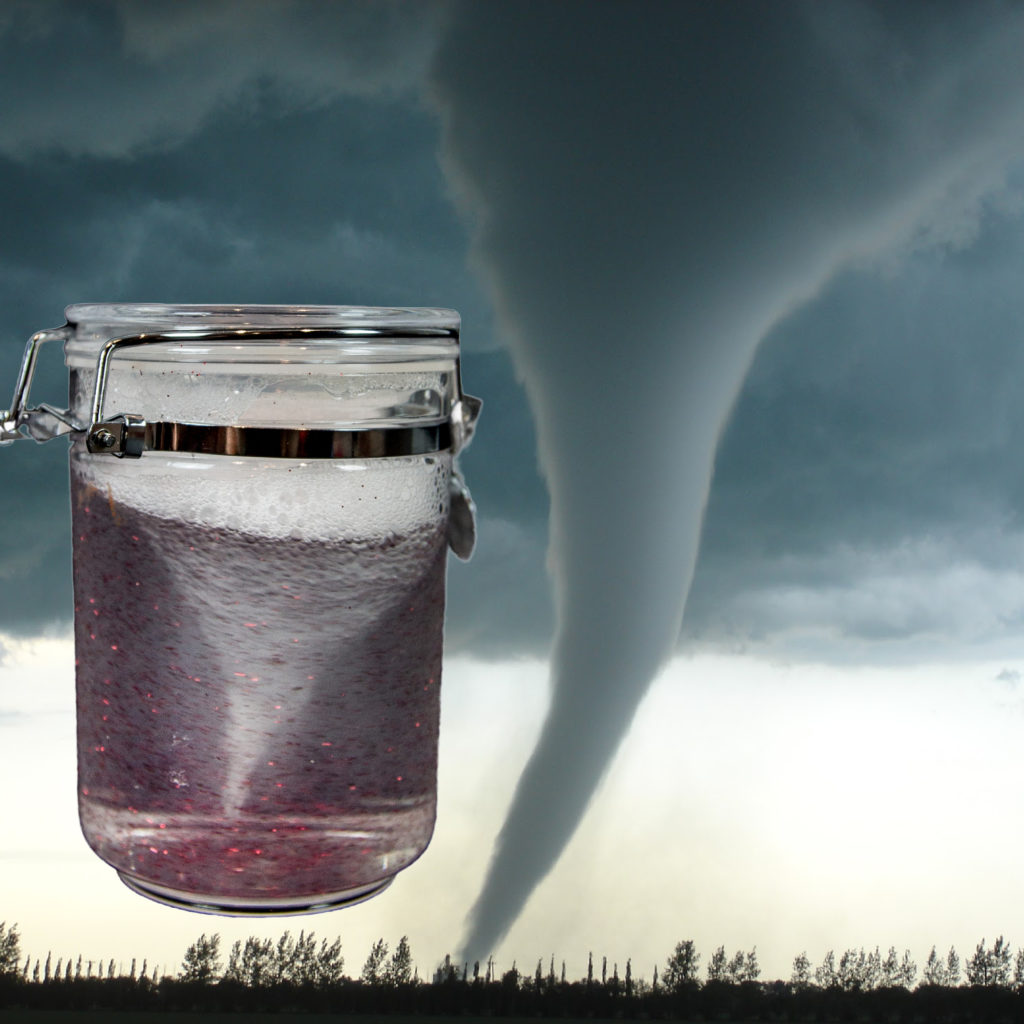
More wind experiments for kids
This wind activity using a small fan is great from Preschool Toolkit.
Find out how fast the wind is blowing with this DIY anemometer from There’s Just One Mommy.
Design and build a wind-powered car. These can be made using a base like my balloon-powered car but with a sail instead of a balloon.
It’s not just Earth that has wind; Neptune has some of the strongest winds in the solar system, reaching up to 1500 miles per hour!!
In This IS Rocket Science, we made a wind sock to learn about windy Neptune!
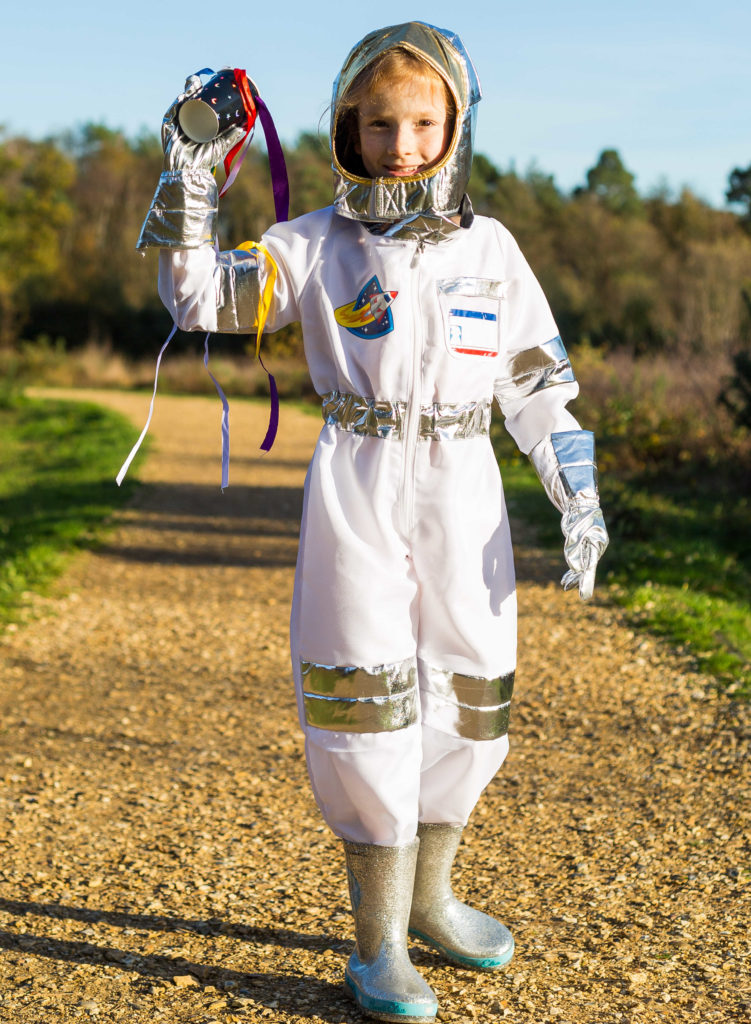
Wind Facts for Kids
Air is made up of lots of different gases. Air on Earth is mostly nitrogen and oxygen!
Wind is caused by differences in pressure. Strong winds form when air moves between two areas with a big difference in pressure.
The effects of increasing wind speeds are measured on the Beaufort scale!
Tornados have the fastest speeds at ground level reaching speeds of up to 300mph!
Wind speed is measured in knots.
Saturn and Neptune are the windiest planets.

Last Updated on December 29, 2022 by Emma Vanstone

Leave a Reply